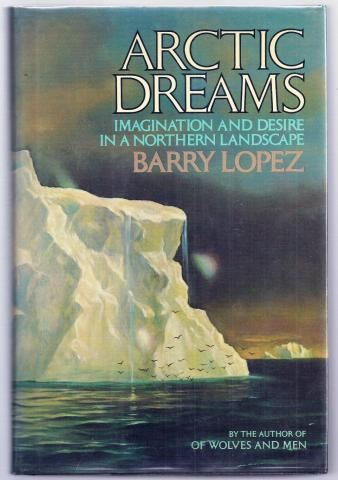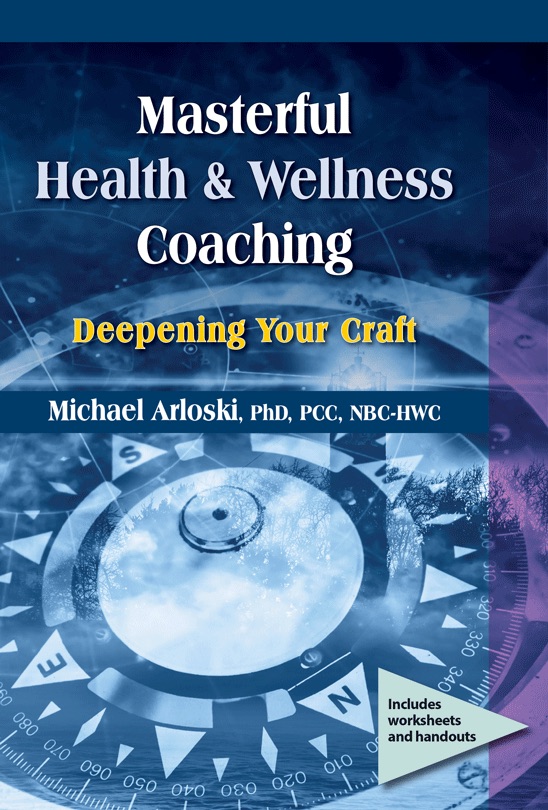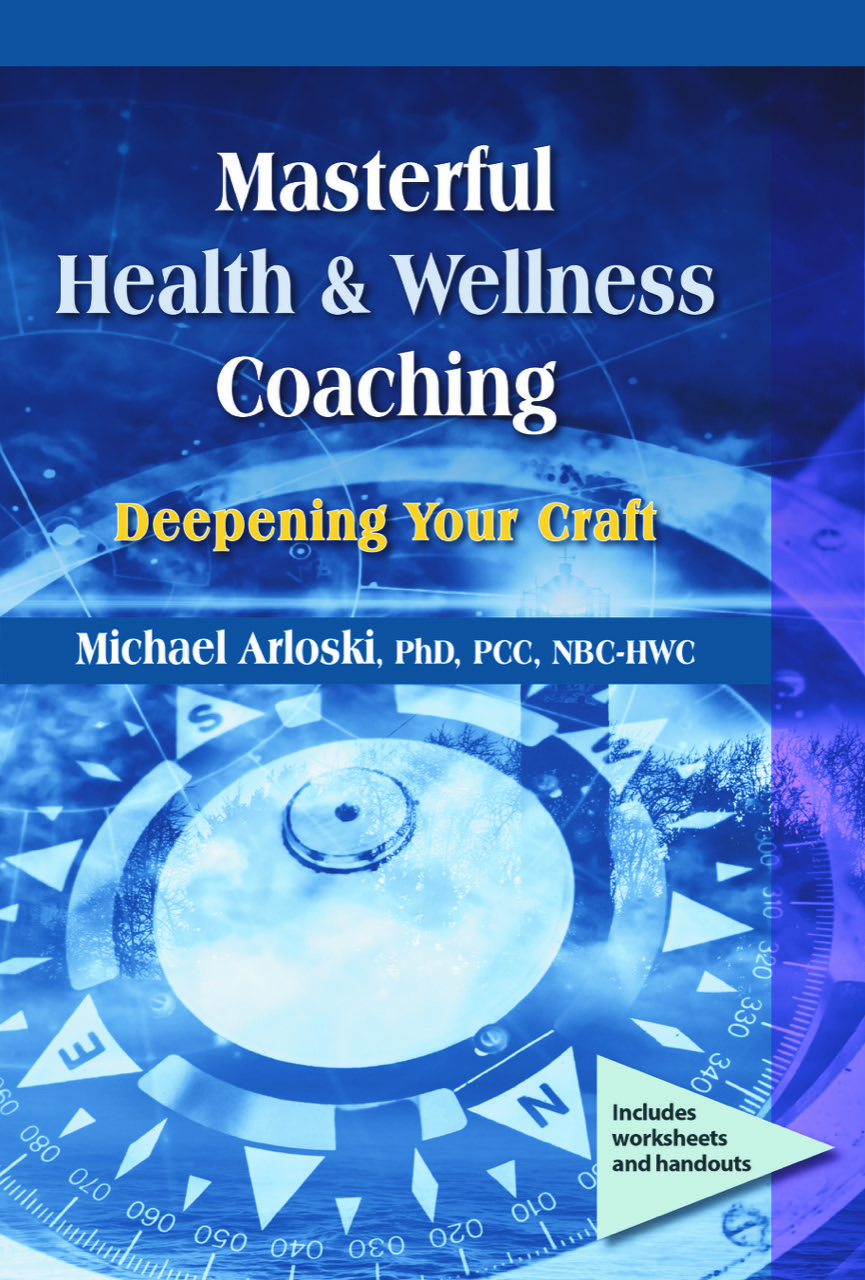Where The Listening Starts

Where Listening Starts
An essential part of any wellness coach training is focusing on developing competency in what the ICF (International Coaching Federation) calls Active Listening – Paraphrase and Restatement; Reflection of Feeling; Request for Clarification; the use of Silence and Intuition; Summarization. Yet the active listening skills that we talk about aren’t really skills about how to listen more effectively. They are critical skills for how we give evidence to our client that we are listening and truly hearing them. They are skills that further the coaching conversation. They are how we respond to our client when we take in their communication. This is the active part of listening: what the coach says and does. But, what allows us to truly listen at a deeper level, to pick up on even more of what is really being communicated?
Deep Listening – “I can hear tears.”
What is it that allows masterful coaches to become aware of things that most people miss in a conversation? How do they tune in to their client in such a way that the coaching conversation becomes rich, productive and even enlightening?
In a class discussion about listening, one of my Real Balance students, who demonstrated she was an already accomplished coach, shared with us the poignant statement “I can hear tears.” She was referring to coaching over the phone where the visual nonverbal cues are absent. She was picking up on both the client’s subtle vocal cues, and to a large degree, the context of the conversation. At such a tender moment, a client may make an effort to be as silent as possible. The vocal cues like a voice that breaks in tone, or speech that stammers are not even there for the coach to perceive during such a silence. The context can certainly tip the coach off that it would be natural for a client to cry upon sharing a painful experience or talking about a profound loss. Yet people react to experience and emotion in many different ways, from hysteria to stoicism. How does a more masterful coach hear tears that silently run down the cheek?
The powers of observation of a more masterful coach are as keen and sharp as a razor. They don’t miss much. They notice. They are mindfulness in action. They also don’t allow judgment to interfere and throw their subsequent observations into a prejudiced direction blinding them to the full picture of what is unfolding. They stay on pace with their client instead of ahead of them. They stay more out of their head. These practices allow them to stay in the present and in touch with all of their senses. Doing so they are not rushing ahead with their own imagined conclusions about where the dialogue is going. By maintaining a coaching mindset, they are able to facilitate the client’s work instead of attempting to do the work for their client like a consultant would do. By not engaging in that headwork (analyzing, deducing, imagining, problem solving, continually thinking of the next question to ask, etc.) they are able to be here now with their client and hear more. This way of being, combined with providing The Facilitative Conditions of Coaching is the very essence of Coaching Presence. Observing by Scanning
Observing by Scanning
One aspect of effective observation is what I call scanning. If you ever take a nature walk with a trained naturalist, or perhaps the type of experienced hunter who is keenly in touch with the natural world, you realize that they are constantly scanning the landscape as you move through it. I remember reading Barry Lopez’s magnificent book Artic Dreams. https://www.powells.com/book/arctic-dreams-imagination-desire-in-a-northern-landscape-9780375727481?p_isbn&partnerid=35409 He spoke of his time with the Inuit people who were out on a hunting expedition. They walked over the tundra all day, slowly, silently. Then, at night around a campfire they spoke about all of the things they had seen. Lopez, one of America’s greatest nature writers who has developed intense powers of observation himself, was amazed at what these indigenous people had picked up on, down to minute detail of the land and its creatures. They had been constantly scanning both the horizon, the place where they were about to set their feet and everything in between. They had been scanning visually, looking for movement, shifts, changes, anything out of order in shape or color. They had been scanning auditorily hearing birdsong, wind, twigs snapping. They had been scanning olfactorily smelling the scent of whatever flowers, animals, carrion, or people might be in the region. And, they had been doing all of this effortlessly. It was simply how they hunted.
As you coach, are you constantly scanning the horizon and where you are about to set your feet? Are you effortlessly scanning with all of your senses and noticing? Just like our friends in Lopez’s book, we want to be noticing shifts, changes, anything out of the ordinary. While the Inuit hunter might spot the movement of a partridge in a bush, we may notice the shift in our client’s tone of voice, in their posture, in the speed with which they are now talking. When we listen beyond words, beyond content we hear more. The verbal content is important. It’s like the landscape itself; it is the context of the conversation. Yet, what’s important is what is happening on that landscape. What movement is there in the bushes, so to speak? What is the client thinking and feeling regarding that content about which they are speaking?
The novice coach, new to the coaching landscape, may focus mostly on the content of our client’s communication. Yet, they progress in their coaching so much more when they realize that the client is not just speaking to them about a subject, they are communicating! It’s not just what they say, it’s how they are saying it. The content might sound like “I’ve walked only two times this week.” All the while the client is attempting to convey to their coach that they are becoming very worried that they will never get their lung capacity back after their acute heart failure if they don’t exercise more often. Did the coach see the frightened bird that just froze on the tree branch, or were they lost looking at the trees? What is my client communicating?
What Are We Listening For?
Just like the skilled naturalist, or the Inuit people that Lopez observed, the more masterful coach has learned what to look for in our coaching landscape. The novice coach may travel the same landscape and not notice half of what the more masterful coach will pick up on. They have learned how to read the signs, to distinguish a track from a mere depression in the soil. So, to deepen your listening ability what can you tune in to? Within the content of what is being said and beyond the content, what will help our coaching be more productive? This blog was taken from a chapter in Dr. Arloski’s forthcoming book Masterful Health & Wellness Coaching: Deepening Your Craft, being published soon by Whole Person Associates. https://wholeperson.com/store/masterful-health-and-wellness-coaching.html
This blog was taken from a chapter in Dr. Arloski’s forthcoming book Masterful Health & Wellness Coaching: Deepening Your Craft, being published soon by Whole Person Associates. https://wholeperson.com/store/masterful-health-and-wellness-coaching.html








Only registered and logged in readers can leave comments.